How to Fix ‘Access Point Temporarily Full’ Error in Windows?
The device cannot connect to Wi-Fi and shows the message “Access Point Temporarily Full,” which prevents network access. This error means that the wireless router or access point has reached its limit for connected devices and cannot accept any more.
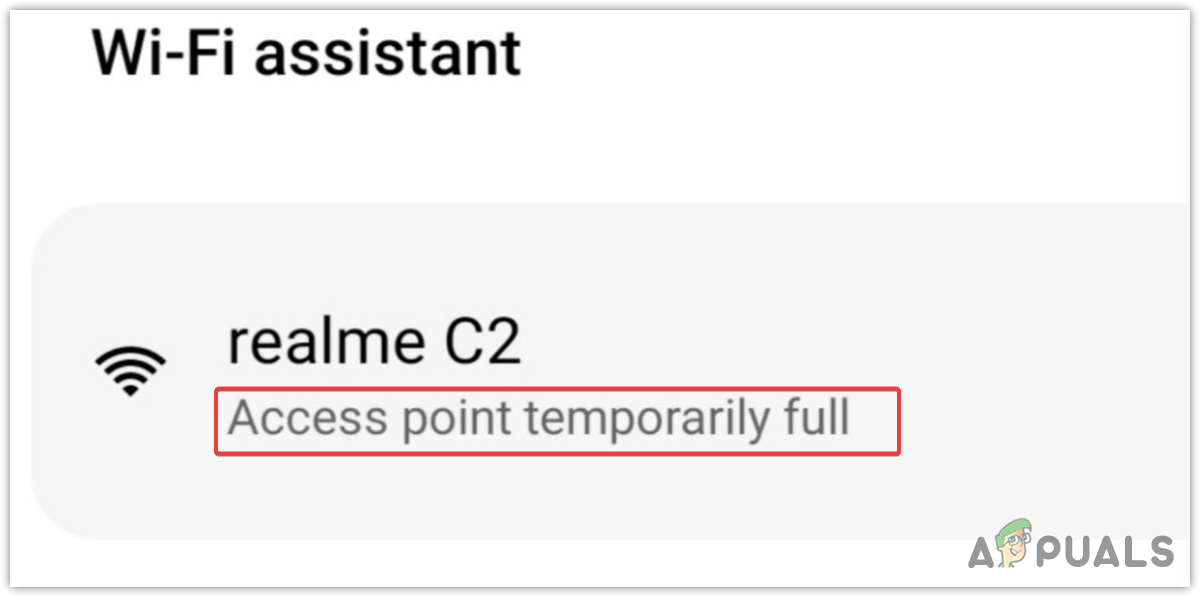
The most common cause is that the router’s software has a set maximum number of devices, which can be reached if many devices are connected or if devices are using random MAC addresses. Sometimes, old router software or strict settings from your internet provider can also cause this problem.
Now that you know the causes, let’s discuss the solutions.
1. Increase the Limit from Your Hotspot Settings
If you encounter this error when attempting to connect to a hotspot connection, ask the hotspot provider to raise the connection limit in their settings. Increasing this limit allows you and others to connect without experiencing error messages.
- Open the Settings app and navigate to Wireless Connection Settings.
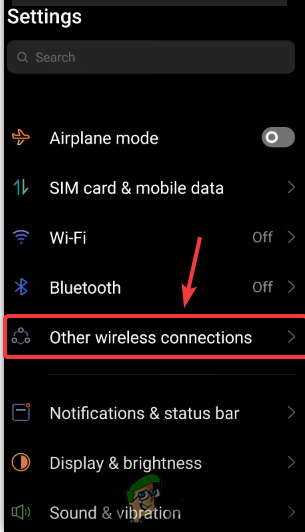
- Next, proceed to Hotspot Settings.
- Locate and tap the option related to Connection Management or Connected Devices.
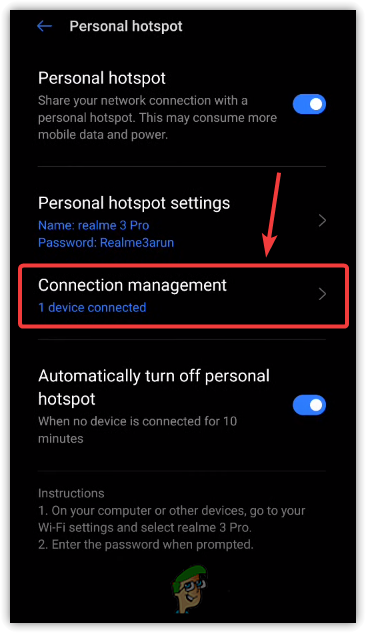
- Choose Limit of Connected Devices or Maximum Allowed Connections. Increase the limit or select Unlimited if available.
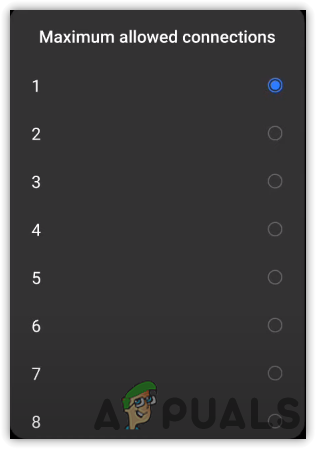
- After applying these changes, the error should no longer occur and you should be able to connect successfully.
2. Contact Your ISP to Increase the Limit
As previously noted, your ISP may enforce a connection limit, especially for routers. You can request your ISP to increase this limit, or you may attempt to adjust it yourself by accessing the AP’s web management portal. Contacting your ISP is the safest approach if you are unsure how to proceed.
3. Update Your Router or Hotspot Firmware
Outdated firmware can restrict the number of supported connections (for example, to just 16 devices). Updating your router or hotspot firmware might expand this limit to 32 or more connections. Access the admin portal to check for firmware updates or consult your ISP for assistance. Clearly explain your situation so they can provide appropriate guidance to resolve your issue.
4. Enable Both 2.4GHz and 5GHz Wi-Fi Bands
Some hardware supports a limited number of devices per frequency band (e.g., up to 10 devices on either the 2.4GHz or 5GHz band). Overloading one band with multiple devices can trigger the “Access Point Temporarily Full” error. Enabling both the 2.4GHz and 5GHz bands allows devices to distribute more efficiently, reducing congestion and improving connectivity.
- Press the Win key on your keyboard and search for Command Prompt.
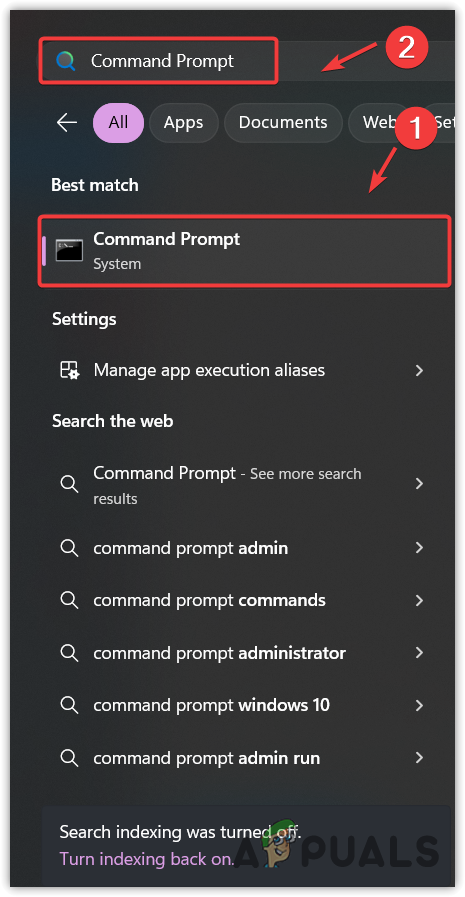
- Press Enter to open the Command Prompt.
- In the Command Prompt, type ipconfig /all and press Enter.
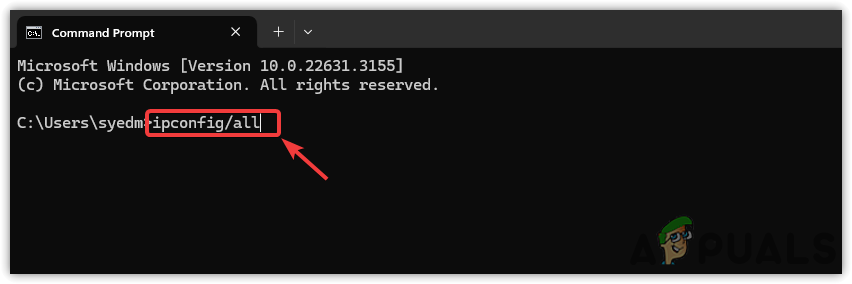
- Find the default gateway IP address, copy it, and paste it into your web browser to access the router’s admin panel.
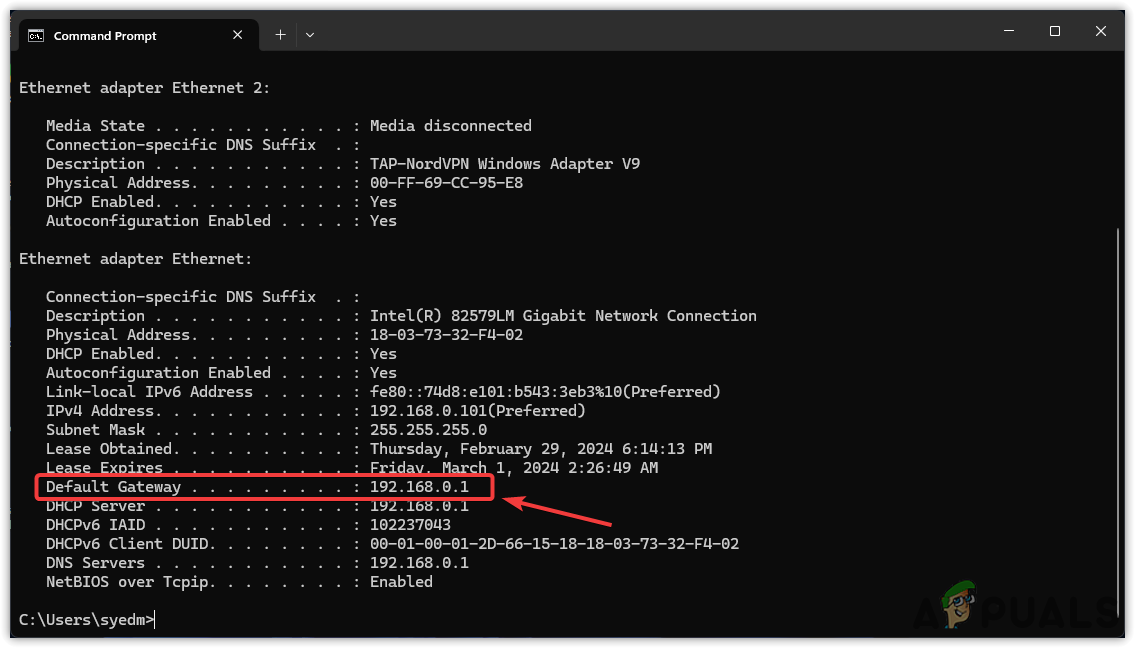
- Log in using your credentials. If you are uncertain, try “admin” for both the username and password.
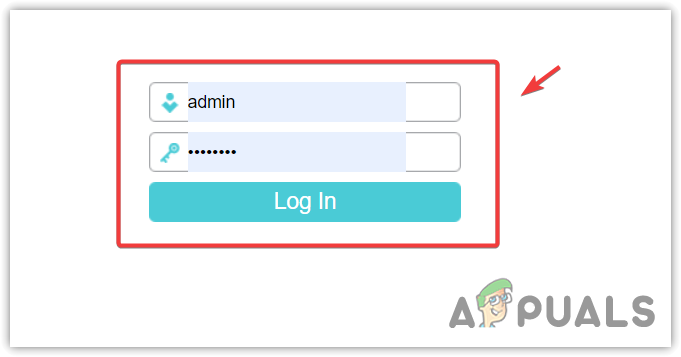
- Navigate to Network Settings.
- Enable both the Wireless 2.4 GHz and Wireless 5 GHz options.
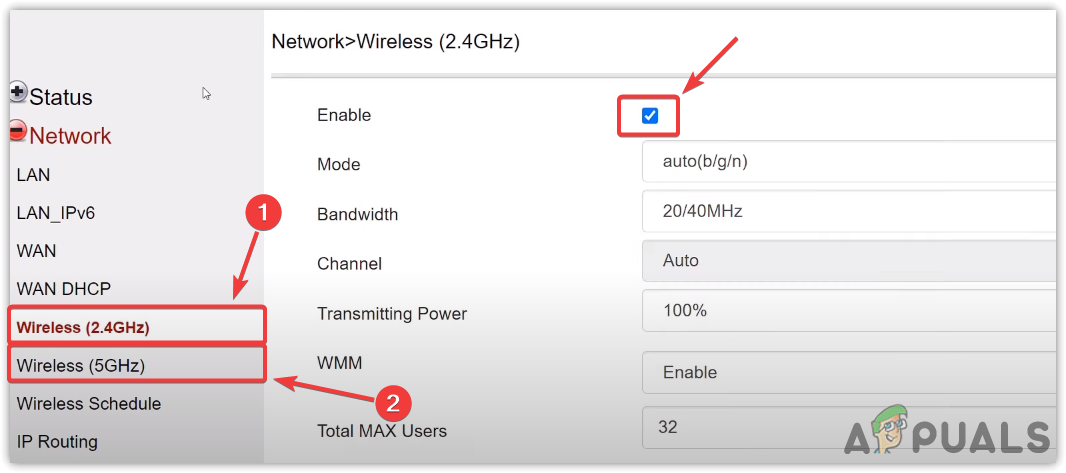
- Disconnect all devices from the router.
- Reconnect your devices and check if the error is resolved.
If none of these solutions resolve the issue, consider performing a reset on your access point or router. For reliable assistance, contact your ISP and follow their recommended steps to reset your router or access point. This will help restore normal connectivity and eliminate the “Access Point Temporarily Full” error.





